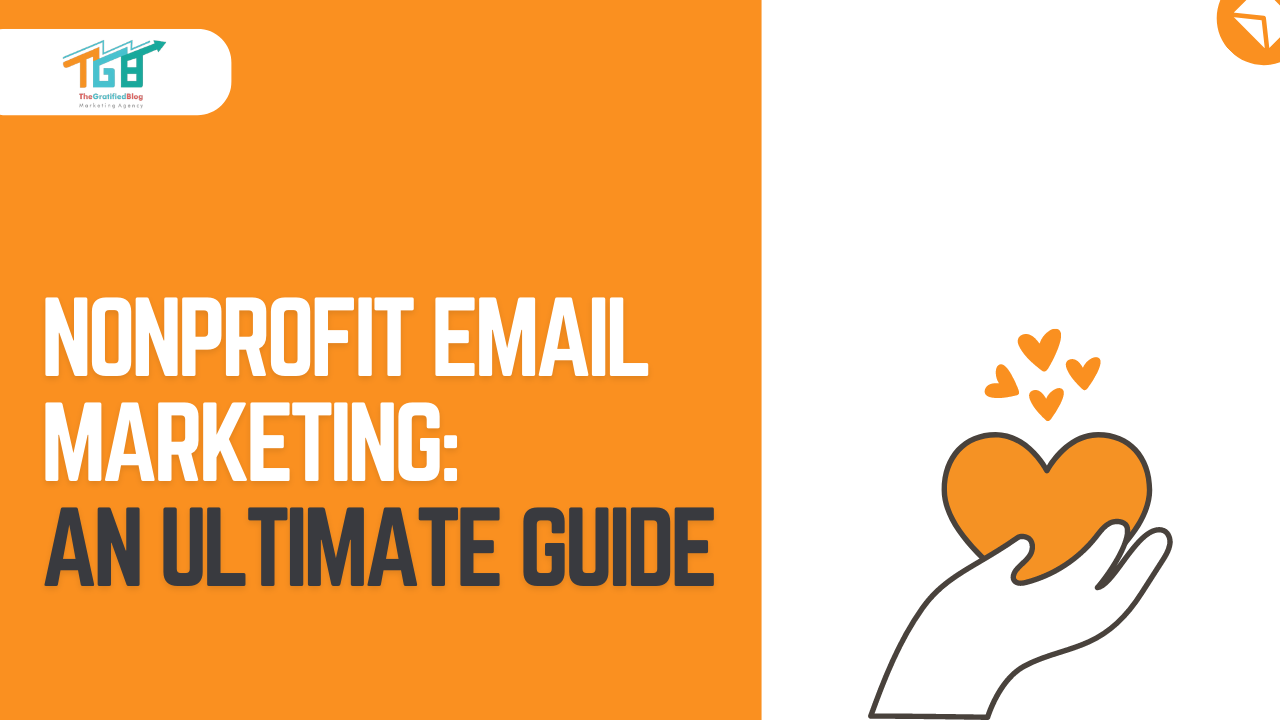
Nonprofit organizations always aim to increase donations and make their resources stretch further. However, due to limited capital and workforce, achieving desired results in less time seems impossible.
Practicing traditional marketing methods like face-to-face fundraising, cold calls, direct mail, or even radio and television ads is expensive and time-consuming. Also, these methods can’t reach the right target audience with a personal touch.
One of the best ways to achieve these goals is through email marketing. It is cost-effective and enables you to reach a large number of people in an instant.
Nonprofit email marketing best practices can help you build a successful email marketing strategy. Effective email and newsletter marketing is crucial for a nonprofit organization’s (NPO) success.
Regularly sent out, well-crafted newsletters can give your nonprofit authority while helping you stay at the forefront of your donors’ minds.
By following the best practices, you can Cultivate a community of devoted advocates, disseminate updates, unveil fresh strategic initiatives to engage them, and ultimately increase donations.
What Is Nonprofit Email Marketing?
Nonprofit email marketing utilizes email campaigns and newsletters to communicate with potential donors, volunteers, and stakeholders.
The primary aim is to enhance awareness concerning a nonprofit’s mission and encourage recipients to contribute through donations or other actions. By delivering targeted and persuasive messages, nonprofits can build connections with their current supporters while attracting new ones.
This strategy is effective because it allows organizations To broaden their audience outreach and actively engage them efficiently.
Additionally, email marketing enables nonprofits to track and analyze campaign performance, refine their strategies, and improve results over time.
By leveraging the power of email, nonprofits can effectively promote their cause, raise funds, and make a lasting impact on their communities.
Why Do Email Marketing For Nonprofits
Utilizing email marketing for (a specific purpose) offers numerous advantages to nonprofits, such as:
It Helps To Reach More People Faster
Email marketing allows nonprofits to quickly and easily reach a large audience with their message, helping them to reach more people faster. Unlike traditional methods like direct mail, which take longer to reach individuals, emails can be sent instantly to many recipients.
This speed and efficiency make it an excellent tool for time-sensitive campaigns and urgent appeals. Moreover, email campaigns enable nonprofits to track engagement, measure success, and make data-driven improvements to their outreach strategies.
Ultimately, by leveraging email marketing, nonprofits can extend their reach, engage more supporters, and achieve their goals more effectively.
Send More Targeted And Relevant Messages
By sending more targeted and relevant messages, you increase the efficiency and cost-effectiveness of your communication strategy. Cold calling or sending blanket messages is ineffective and can incur unnecessary expenses.
However, leveraging email allows you to customize messages according to the interests and past actions of your donors and constituents.
Customizing the approach enhances the chances of recipients opening and reading your emails, as the content aligns with their existing interests. Focusing on their preferences enhances engagement and builds stronger connections with your audience.
Moreover, personalized emails demonstrate that you value their specific needs, further enhancing the effectiveness of your communication efforts.
Increase Donations
Leveraging email marketing proves to be a powerful tool for enhancing donations. Through effective campaigns, nonprofits can engage donors and reinforce the significance of their cause. Including calls to action in emails encourages donors to contribute or volunteer, driving more active involvement.
By regularly communicating with supporters through personalized content, nonprofits can build stronger relationships and inspire long-term commitment. This cost-effective strategy allows organizations to reach a wider audience, making it easier to attract potential donors.
With careful tracking and analysis of email metrics, nonprofits can optimize their campaigns, ultimately increasing donation conversion rates.
Utilizing email marketing’s flexibility and targeting capabilities, nonprofits can tailor messages to resonate with specific donor segments, maximizing the impact of their campaigns.
Maximize Your Resources
Nonprofits face resource constraints, hindering their marketing efforts. Email marketing is a solution to optimize resources and effectively reach the target audience.
Email marketing allows nonprofits to communicate swiftly without extensive time or financial investments. This strategy will enable organizations to allocate limited resources for other crucial tasks efficiently.
By leveraging email campaigns, nonprofits can maximize their reach and engagement at a minimal cost. Instead of allocating significant time and funds to traditional marketing methods, email marketing streamlines the process.
It empowers nonprofits to achieve their goals while conserving resources for other essential initiatives.
Email marketing is a valuable tool for nonprofits, enabling them to maximize their impact within their resource limitations.
Maintain Regular, Top-Of-Mind Awareness
Maintaining regular, top-of-mind awareness is crucial for organizations to sustain the enthusiasm of their supporters and keep them engaged with the cause.
One effective way to achieve this is by sending regular emails that provide updates on new projects or developments. These emails serve as a reminder to supporters about the organization’s ongoing efforts and progress.
By announcing upcoming initiatives, events, or other activities, Organizations can guarantee they remain at the forefront of their supporters’ minds. This consistent communication helps to reinforce the organization’s mission and encourages continued support.
It also allows supporters to feel involved and informed, fostering a sense of connection and loyalty. Regular emails create a sense of anticipation and excitement, driving supporters to stay actively involved in the organization’s activities and contribute to its success.
Maintaining regular communication through email updates is an effective strategy to sustain enthusiasm, stay top-of-mind, and strengthen the bond between an organization and its supporters.
Deepen Trust With Your Audience
Deepening trust with your audience is crucial for nonprofits. By maintaining continuous communication, familiarity, and trust are established.
Email marketing is a powerful tool, enabling nonprofits to forge deeper connections with their supporters. Through consistent delivery of relevant content, organizations can cultivate a sense of trust between themselves and their donors, fostering long-term engagement.
This trust-building process lays a solid foundation that will endure over the years, ensuring ongoing support for the nonprofit’s mission. Regular updates, impactful stories, and personalized messages strengthen the bond between the organization and its audience.
By nurturing this connection, nonprofits can inspire lasting loyalty and advocacy, creating a mutually beneficial relationship.
Best Steps To Build A Nonprofit Email Marketing Strategy
It’s essential to have a well-thought-out plan to make sure your nonprofit email marketing efforts are successful. Here are the steps you can take to create an effective strategy:
Start Building Your Email List

Source : seedprod.com
A nurtured email marketing list is vital for successful campaigns. Collect contact info from potential donors and constituents interested in your organization. Add contacts through online forms, event sign-up sheets, and other sources.
A well-maintained email list allows personalized outreach and targeted messaging. This enhances engagement and fosters relationships with your audience.
Regularly update and segment the list to tailor content and maximize impact. With an effective email list, you’ll amplify your organization’s reach and boost the success of your campaigns.
Segment Your New Contacts

Source : salespanel.io
Email list segmentation is critical for effective email campaigns. It enables you to personalize your messages and engage different audiences effectively.
By segmenting your nonprofit email list, you can categorize contacts based on their interests, location, donation history, or other relevant factors.
This segmentation strategy allows you to send targeted content to specific groups, increasing the impact and relevance of your emails.
For instance, you can send volunteer opportunities to individuals interested in community service, donation appeals to previous donors, or event invitations to local supporters.
By tailoring your messages to specific segments, Maximizing engagement can lead to improved outcomes in your email marketing efforts.
Personalize Your Email Content

Source : email.uplers.com
Email Personalization is critical to successful email campaigns. Emails customized for individuals often experience elevated open and click-through rates, so it’s important to tailor messages for each audience.
The most basic form of personalization is using dynamic tags in your emails to insert personalized information, such as the name or location of each contact.
Also read: A Complete Guide To Email Personalization
Craft Your Campaign Subject Lines
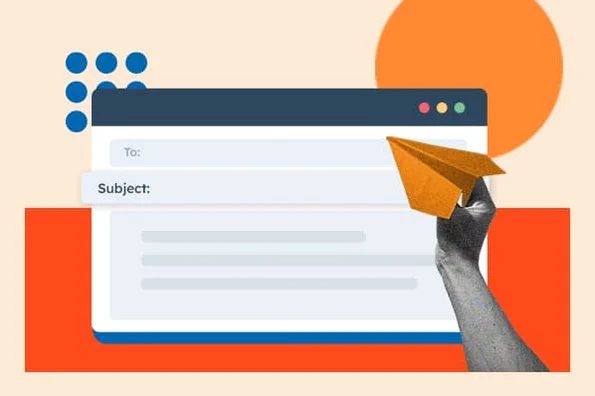
Source : hubspot.com
Before sending emails, ensure you have an engaging and compelling subject line. A captivating subject line is concise, attention-grabbing, and imaginative, enabling it to shine amidst many emails.
It should be closely tied to the email’s content and employ words that elicit emotions or curiosity to maximize effectiveness.
Such an approach significantly enhances the likelihood of recipients reading your message. A well-crafted subject line can be the key to unlocking engagement.
It stands out in a crowded inbox by being concise, attention-grabbing, and imaginative. When relevant and stirs emotions or curiosity, it dramatically improves the chances of your email being read.
Therefore, devote time and effort to crafting subject lines that captivate your audience, as they are vital to successful email campaigns.
Craft Suitable Email Marketing Campaigns For Nonprofits
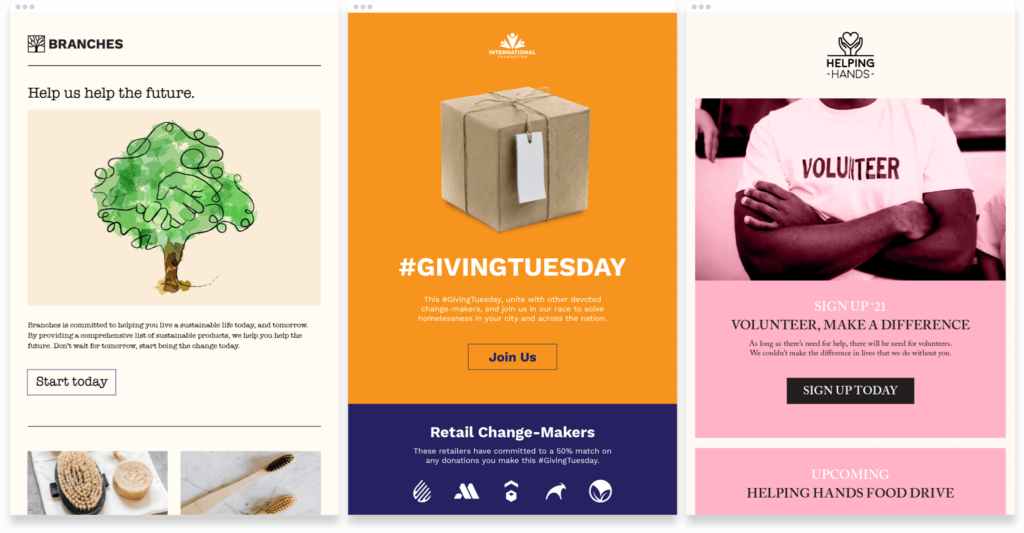
Source : campaignmonitor.com
Creating effective email marketing campaigns for nonprofits requires careful planning and execution. Whether it’s a welcome series or a donation request campaign, the emails should be tailored to the specific purpose of the campaign.
It is crucial to ensure the message is clear and compelling, prompting recipients to act. Start by defining the campaign’s goals and target audience, then craft engaging content that resonates with them.
Use personalized subject lines and email templates that reflect your nonprofit’s brand. Include a prominent call-to-action button that directs readers to your desired action, such as donating or volunteering.
Regularly analyze campaign metrics to gauge effectiveness and make necessary adjustments for improved results.
Take Advantage Of Marketing Automation

Source : agilitypr.com
Marketing automation is beneficial in streamlining email campaigns and ensuring timely delivery. Automation enables scheduling emails, tracking open and click-through rates, and targeting the right audience with precise messaging.
Monitoring campaign effectiveness becomes effortless, facilitating adjustments when necessary, leading to more impactful outcomes.
Embracing marketing automation empowers nonprofits to efficiently engage supporters, build relationships, and drive their mission forward.
It maximizes productivity, optimizes resource allocation, and enhances overall communication strategies, making it an invaluable tool for nonprofit organizations.
Analyze Results
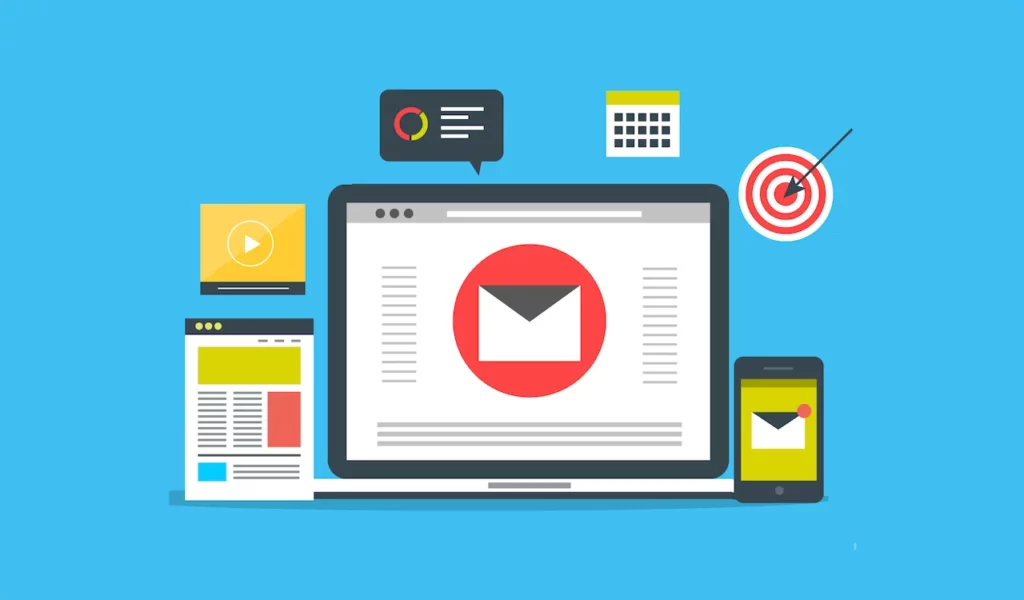
Source : singlegrain.com
Evaluating and analyzing email campaign outcomes is crucial to ensure their continuous success. By tracking check rates, unsubscribe rates, and other metrics, you can determine the effectiveness of each campaign and identify what works and what needs improvement.
This data can help you make adjustments for future campaigns and better prioritize your time and efforts to drive maximum results.
You can use several metrics to measure and Assess the effectiveness of your email campaigns, encompassing metrics like open rates, click-through rates, and more: conversion rates, bounce rates, and engagement trends.
Reviewing and tracking these metrics, you can gain valuable insights that shape your evolving email marketing strategies and eliminate what doesn’t work.
It’s important to note that some metrics, such as open rates and unsubscribe rates, may not be reliable indicators of email marketing effectiveness, so it’s also essential to consider other metrics.
By prioritizing tracking and analyzing the right metrics, you Enhance the efficiency of your email campaigns and achieve your marketing goals.
Nonprofit Email Marketing Examples
Nonprofit organizations often use email marketing as a powerful tool to engage with their supporters, raise awareness, and encourage donations.
Here are some examples of nonprofit email marketing campaigns:
- Donation Appeal: Nonprofits frequently send email appeals to their subscribers, highlighting a specific cause or project and requesting financial support. These emails often include compelling stories, images, and a clear call to action to donate. Personalization and customization are crucial in connecting with recipients and making them feel valued.
- Monthly Newsletters: Nonprofits often send regular newsletters to their subscribers, providing updates on their work, Narratives of success, upcoming events, and opportunities for participation. These newsletters help build community and inform supporters about the organization’s activities.
- Impact Stories: Nonprofits share impactful stories through email to demonstrate the difference their work is making in the lives of individuals or communities. These stories help connect emotionally with supporters and showcase the organization’s achievements.
- Volunteer Opportunities: Nonprofits use email marketing to recruit volunteers for various activities and events. They provide information about volunteer opportunities, emphasize the importance of volunteering, and offer ways to sign up or get involved.
- Advocacy and Petitions: Nonprofit organizations often send emails to Raise awareness about particular issues and inspire supporters to take action. This could include signing petitions, contacting elected officials, or participating in advocacy campaigns.
- Event Invitations: Nonprofits promote their fundraising events, galas, or conferences through email invitations. These emails provide event details, registration links, and sometimes special offers or incentives to encourage attendance.
- Membership Renewal or Upgrades: Nonprofit organizations that offer membership programs use email marketing to remind existing members to renew their membership or upgrade to a higher level. These emails often highlight the benefits of membership and how it contributes to the organization’s mission.
- Impact Reports: Nonprofits send periodic impact reports via email to update supporters on the outcomes of their donations or contributions. These reports typically include statistics, success stories, and gratitude for the continued support.
- Thank You Emails: Nonprofits express gratitude to their donors, volunteers, and supporters through personalized thank you emails. These messages acknowledge the individual’s contributions, emphasize their impact, and may include additional ways to stay engaged or support the organization.
- Matching Gift Campaigns: Nonprofits often leverage matching gift campaigns through email marketing to encourage donors to maximize their contributions. These campaigns inform supporters about matching gift opportunities and provide instructions on how to double or triple their donation’s impact.
The Best Email Marketing Tools For Nonprofit Organizations
There are several excellent email marketing tools available for nonprofits, such as:
Flodesk

Nonprofits can get a 50 % discount on Flodesk’s annual plans. The platform offers a visually appealing drag-and-drop editor and automated campaigns to help nonprofits create professional emails quickly and easily.
MailChimp
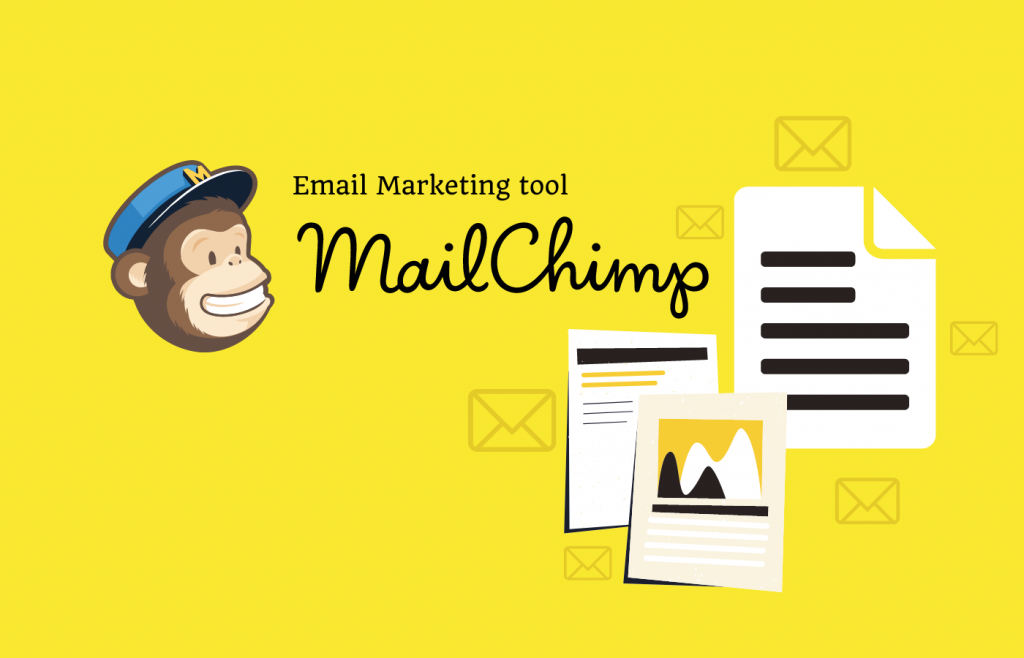
MailChimp offers nonprofits a 15% discount on their paid plans and access to other features such as analytics and templates. Nonprofits can use MailChimp’s segmentation and automation features to create targeted campaigns and measure performance.
Campaign Monitor
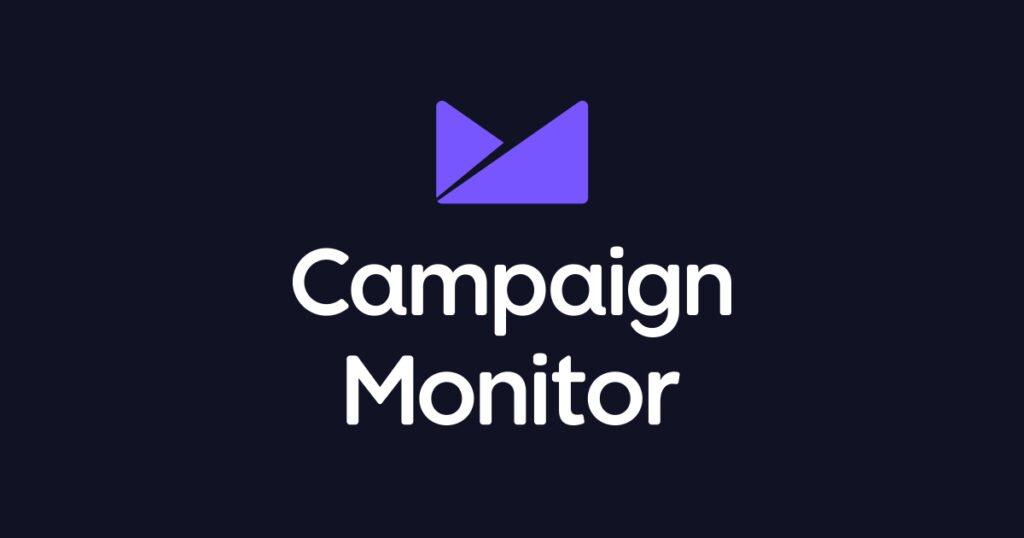
Campaign Monitor offers up to 15% discount for nonprofits, depending on the plan. It provides comprehensive email marketing capabilities, including detailed analytics and intuitive help creating custom emails.
AWeber
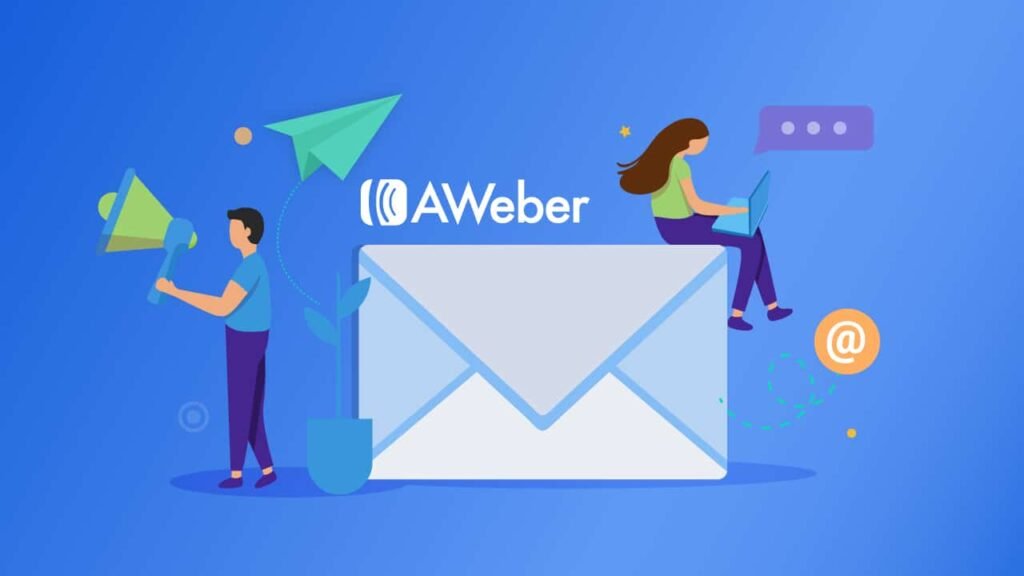
You can access customizable templates, autoresponders, and various integrations. It also enables you to track key metrics. Nonprofits receive a 25% discount and a free trial from AWeber Communications.
EmailOctopus
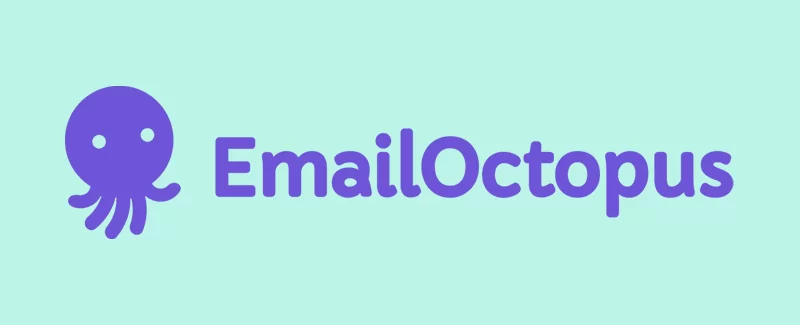
EmailOctopus offers a 20% discount to nonprofits, making it one of the most cost-effective solutions. It allows you to create time-based automation and gather contacts based on criteria such as location or other demographics.
Conclusion
I hope you understand why a nonprofit email marketing campaign is essential and how to create a
successful strategy. Whether you are just starting a nonprofit or want to refine your existing email campaigns, applying these steps will help you maximize your email marketing efforts.
If you have any doubts about nonprofit email marketing or want to learn more about creating an effective strategy for success, feel free to get in touch. We will be happy to help you out.




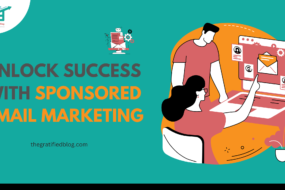
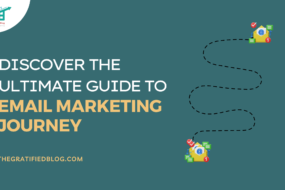
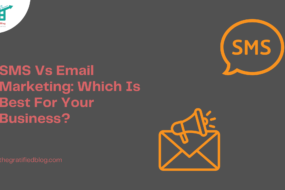

No Comments